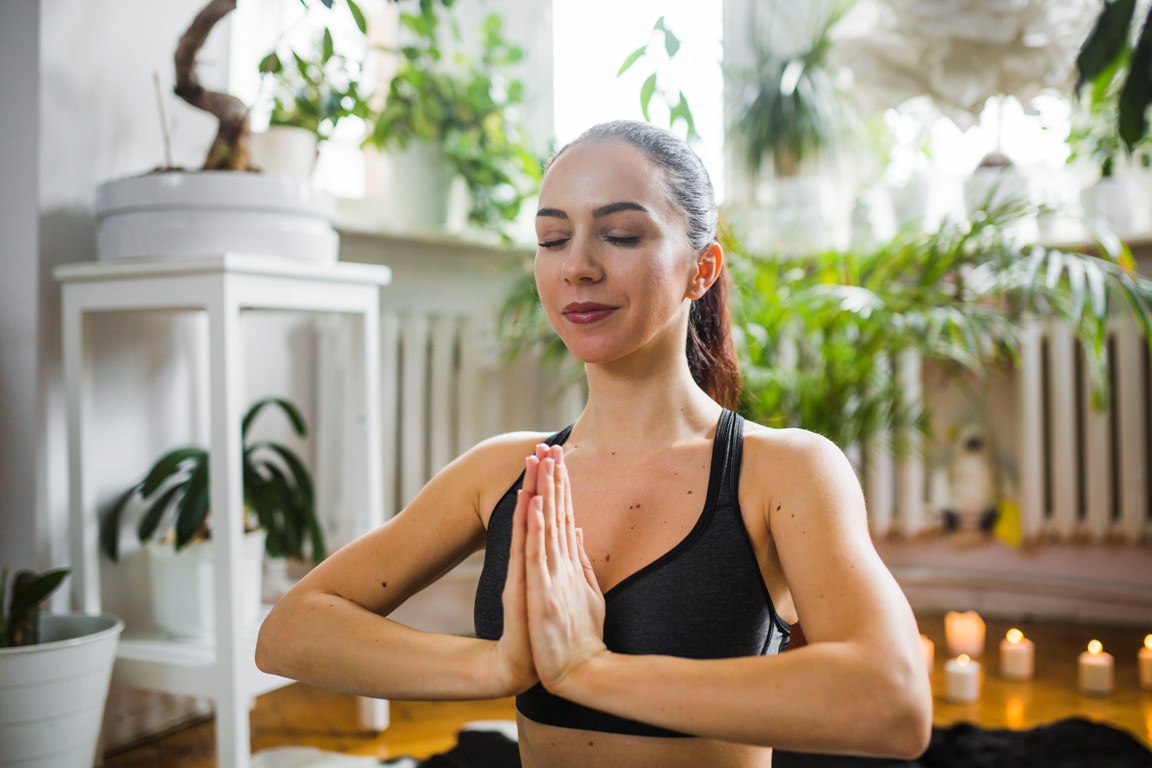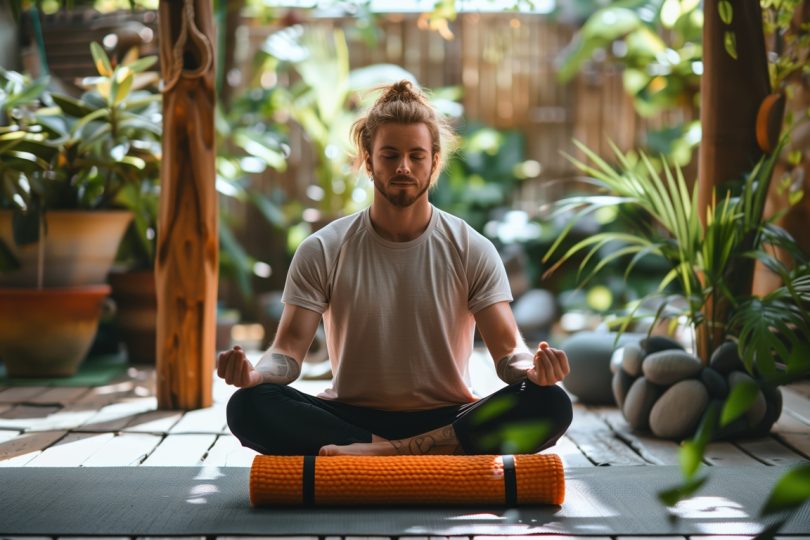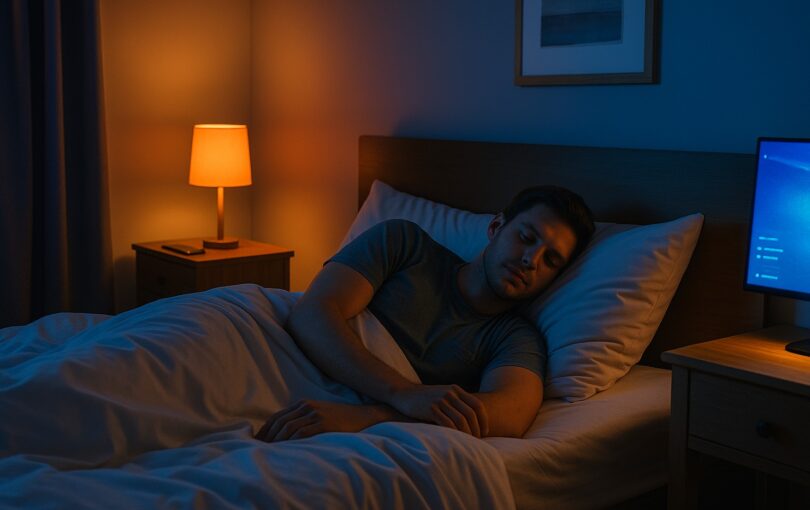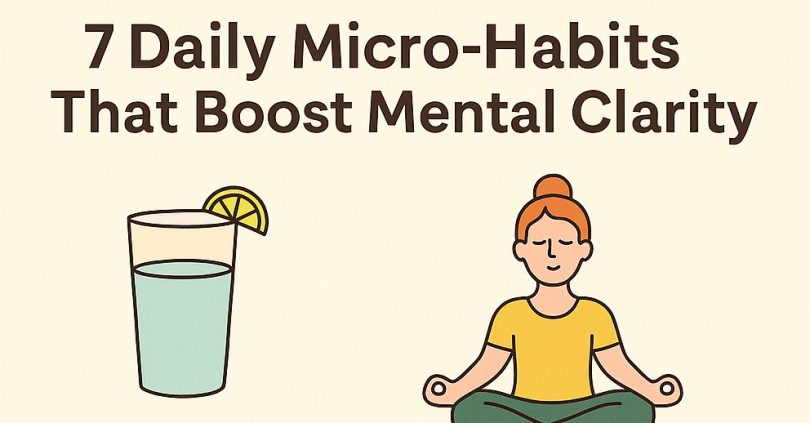Going deep into meditation is an enriching experience that can lead to profound mental, emotional, and spiritual benefits. This comprehensive guide will walk you through every step you need to take to master deep meditation, from preparation to advanced techniques. Whether you’re a beginner or seasoned practitioner, this guide will help you deepen your practice.
Table of Contents
- Understanding the Basics of Meditation
- Preparing to Go Deep into Meditation
- Techniques to Help You Go Deep into Meditation
- Overcoming Challenges in Deep Meditation
- Advanced Practices to Enhance Deep Meditation
Key Takeaways
- Learn the basics and importance of different meditation techniques.
- Discover how to create the ideal environment and mindset for deep meditation.
- Master advanced techniques like breathing exercises, mantras, and body scanning.
- Overcome common challenges that can arise during deep meditation.
Understanding the Basics of Meditation
What is Meditation?
Meditation is a practice that involves focusing the mind to achieve a state of calm and heightened awareness. It’s a tool used to train attention and awareness, helping to achieve a mentally clear and emotionally calm state. There are many forms of meditation, each offering its own unique benefits.
Different Types of Meditation Techniques
There are various meditation techniques that one can practice. Some of the most popular include:
- Mindfulness Meditation: Focuses on being present in the moment without judgment.
- Transcendental Meditation: Involves the use of mantras to settle the mind.
- Zen Meditation: A seated form of meditation that encourages deep thought and contemplation.
The Science Behind Meditation
Scientific studies have shown that meditation can have a profound impact on the brain and body. Regular meditation practice can lead to improved focus, reduced stress, and better emotional regulation. It can also physically change the brain, increasing grey matter in areas associated with learning and memory.
Preparing to Go Deep into Meditation
Creating the Ideal Environment for Deep Meditation
The environment you meditate in plays a crucial role in your ability to go deep into meditation. Your surroundings should be quiet, comfortable, and free of distractions. Consider the following when setting up your space:
- Lighting: Soft, dim lighting can help create a calming atmosphere.
- Sound: Use calming music or nature sounds to block out disruptive noises.
- Aroma: Incorporating essential oils like lavender or sandalwood can enhance relaxation.

Choosing the Right Time for Deep Meditation
Timing can significantly affect the quality of your meditation. Early morning or late evening are typically ideal times as they align with your body’s natural rhythms. Meditating at these times can help you enter a deeper state more easily.
Setting Intentions and Goals
Before starting your meditation session, it’s important to set clear intentions and goals. Ask yourself what you want to achieve from your meditation. Whether it’s reducing stress, gaining clarity, or connecting with your inner self, having a clear purpose can guide your session more effectively.
Techniques to Help You Go Deep into Meditation
Breathing Techniques for Deep Meditation
Breathing is a powerful tool in meditation. By focusing on your breath, you can anchor your mind and body, helping you to go deep into meditation. Here are a few breathing techniques to try:
| Technique | Description |
|---|---|
| Diaphragmatic Breathing | Focus on breathing deeply into your diaphragm rather than shallowly into your chest. |
| 4-7-8 Breathing | Inhale for 4 seconds, hold for 7 seconds, and exhale for 8 seconds. |

Mantras and Affirmations
Mantras are words or phrases that you repeat during meditation to help focus your mind. Affirmations, on the other hand, are positive statements that you say to yourself. Both can be powerful tools in helping you to go deep into meditation. Some examples include:
- “I am calm and centered.”
- “I am at peace with myself and the world around me.”
Body Scanning and Progressive Relaxation
Body scanning involves focusing on different parts of your body, usually from head to toe, and releasing any tension you find. Progressive relaxation is a similar technique where you tense and then relax each muscle group. These techniques can help you to enter a deeper state of relaxation during meditation.

Overcoming Challenges in Deep Meditation
Dealing with Distractions and Mental Chatter
It’s common to experience distractions or mental chatter during meditation. To combat this, try acknowledging the thoughts without judgment and gently bringing your focus back to your breath or mantra. Over time, this will become easier and you’ll find it simpler to go deep into meditation.
Addressing Physical Discomfort
Physical discomfort can also be a challenge. To minimize this, make sure you are in a comfortable position before starting your meditation. You can also use props like cushions or chairs to support your body. Remember, it’s okay to move slightly if you need to adjust.
Handling Emotional Surges During Meditation
Meditation can sometimes bring up unexpected emotions. If this happens, try to observe the emotions without getting attached to them. Acknowledge them, let them pass, and gently bring your focus back to your practice.
Advanced Practices to Enhance Deep Meditation
The Role of Chakra Meditation
Chakra meditation is an advanced practice that focuses on the body’s energy centers, known as chakras. By balancing and aligning these chakras, you can enhance your ability to go deep into meditation. Each chakra corresponds to different aspects of your physical and spiritual well-being, and meditating on them can lead to profound insights and experiences.
| Chakra | Location | Focus |
|---|---|---|
| Root Chakra | Base of the spine | Grounding and stability |
| Sacral Chakra | Lower abdomen | Creativity and emotion |
| Third Eye Chakra | Between the eyebrows | Intuition and perception |
Kundalini Meditation for Deep Experiences
Kundalini meditation is another advanced technique that can help you achieve a deeper meditation state. This practice focuses on awakening the kundalini energy, which is said to reside at the base of the spine. By using specific breathing techniques and visualizations, you can activate this energy, leading to powerful meditation experiences.
Incorporating Mindful Movement (e.g., Yoga, Tai Chi)
Mindful movement practices like yoga and Tai Chi can also enhance your ability to go deep into meditation. These practices help you connect your mind and body, making it easier to enter a meditative state. Simple yoga poses or Tai Chi movements can prepare your body for meditation, making the transition smoother.
Using Meditation Aids (e.g., Mala Beads, Singing Bowls)
Meditation aids like mala beads and singing bowls can be powerful tools in helping you go deep into meditation. Mala beads can be used to count breaths or mantras, helping you maintain focus. Singing bowls can produce soothing sounds that enhance relaxation and deepen your meditation experience.
Frequently Asked Questions
How Long Does it Take to Go Deep into Meditation?
The time it takes to go deep into *meditation* varies from person to person. Some people may achieve a deep state within a few minutes, while others may need more practice. The key is consistency and patience.
Can Anyone Go Deep into Meditation?
Yes, anyone can learn to go deep into *meditation* with practice. It doesn’t require special skills, just a willingness to practice regularly and an open mind.
What Should I Do If I Struggle to Go Deep into Meditation?
If you find it challenging to go deep into *meditation*, consider trying different techniques or adjusting your environment. You might also benefit from guided meditations or working with a meditation teacher.
Is it Possible to Meditate Too Deeply?
While it’s rare, some people may feel disoriented or disconnected after very deep *meditation*. It’s important to ground yourself after each session, perhaps by taking a walk or engaging in a simple, mindful activity.
How Often Should I Practice to Achieve Deep Meditation?
Consistency is key. Aim to practice meditation daily, even if it’s just for a short period. Over time, you’ll find it easier to go deep into *meditation*.






